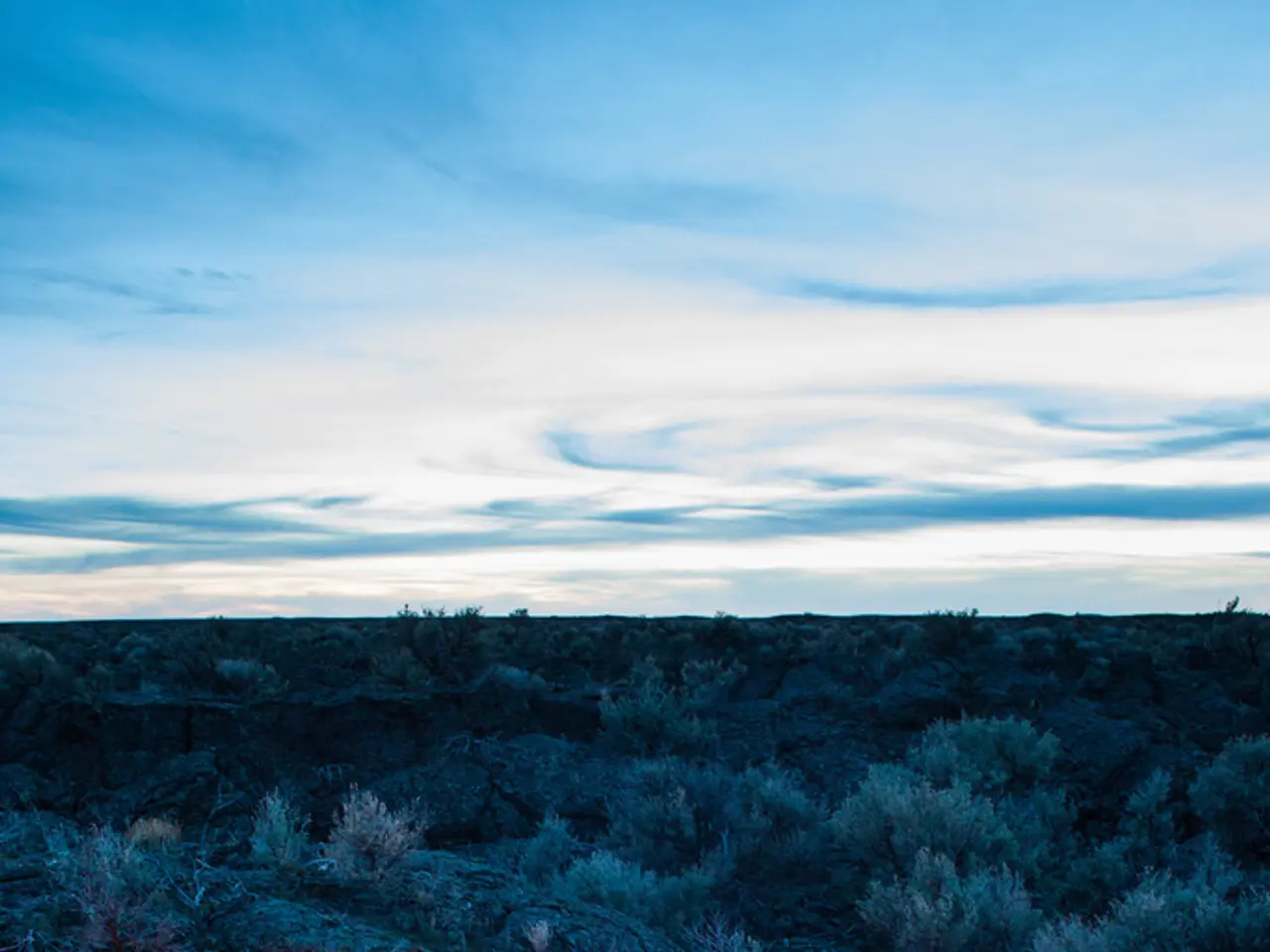Campfire Tales: 7 Innovative Approaches to Foster Family Unity
Transforming Campfire Nights with Engaging Stories
Campfire storytelling is more than just sitting around a fire and listening to tales. It's an immersive experience that can create unforgettable memories. Here are some effective techniques to make your campfire stories captivating and engaging.
Building Anticipation
Maintaining a sense of anticipation is crucial to keep your audience hooked. Pausing at key moments, lowering your voice, or changing tone can keep listeners curious about what happens next.
Immersive Storytelling
Using sensory descriptions involving sight, sound, smell, touch, and taste can immerse your audience in the story. For example, describing the smell of campfire smoke or the sounds of the forest can create a vivid experience.
Relatable Characters
Making characters relatable by emphasizing emotions and human experiences everyone can connect with can make the story more engaging and meaningful.
Encouraging Imagination
Creating "What if?" scenarios can stimulate imagination and emotional engagement. This allows listeners to visualize possibilities and feel involved in the narrative.
Matching the Mood
Choosing the right style of campfire fire can enhance the storytelling atmosphere. A teepee fire for quick lighting and high flames adds drama, while a slower-burning log cabin fire suits longer evenings and comfortable pacing.
Diverse Story Themes
From mystery stories that transform the campfire circle into a detective agency, to personal adventure stories that narrate navigation failures and learning experiences, there's a wide range of themes to choose from. You can also share inspirational stories of people conquering fears and limitations, or tales of pioneer life and hardships.
Interactive Storytelling
Keeping everyone engaged throughout involves rotating decision-making responsibilities among different listeners, using physical props for voting, and asking follow-up questions. Creating multiple story endings based on audience choices can also add an extra layer of excitement.
Regional Connections
Regional and historical stories can enhance campfire storytelling by connecting the audience to the land and its history. This can make the camping location feel more significant. Examples include Native American creation stories, local historical figures' adventures, and pioneer settlement tales.
Lighthearted Moments
Funny family stories and embarrassing moments provide lighthearted tales that create instant connections and guarantee laughter. Childhood mishaps that still make you laugh, holiday disasters, and kitchen catastrophes can also bring a smile to everyone's face.
Pet Antics and Animal Adventures
Incorporating pet antics and animal adventures can add a touch of humour and excitement to your stories. Whether it's a dog training adventure, cats with attitude problems, or unexpected wildlife encounters, these stories can keep your audience entertained.
Local Legends and Mysteries
Local Haunted Location Tales are created by researching the area's ghost stories and local legends, making nearby landmarks sources of supernatural dread. Mystery stories about bizarre occurrences that defy logical explanation, or captivating tales about a missing camper or a vanishing hitchhiker, can create an atmosphere of suspense that transforms the campfire circle into a detective agency.
By using these techniques, you can create memorable, captivating campfire storytelling sessions that involve and entertain your audience effectively.
- To make campfire stories more immersive, consider incorporating sensory details that evoke sights, sounds, smells, touches, and tastes associated with the lifestyle of camping, such as the smell of campfire smoke or the sound of crackling logs.
- To cater to a wide range of interests, ensure your storytelling encompasses various themes, including fashion-and-beauty anecdotes about transforming camping outfits, food-and-drink tales about cooking unique dishes over an open fire, home-and-garden tips for building practical camping equipment, and relationships stories about connecting with nature and others during camping trips.
- To further engage your audience, weave in educational elements about the history and culture of the local area, which can be found in regional connections and mysteries, or exploration of education-and-self-development topics like overcoming challenges during camping expeditions.
- To maintain a seamless blend of entertainment and learning, incorporate lighthearted moments and pet antics into your stories, or share funny travel anecdotes and entertaining animal adventures that cater to the entertainment category while fostering a sense of camaraderie and shared experiences, making for a memorable and enjoyable campfire night.




